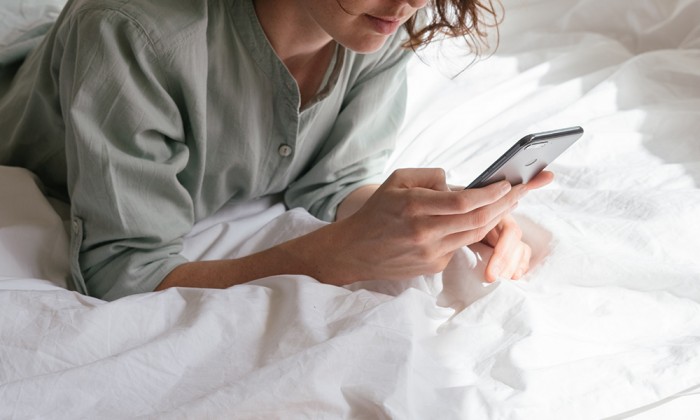
Quick to react to the woes of the COVID-19 pandemic, the M Health Fairview system began utilizing GetWell Loop for COVID-19 only a couple of weeks after seeing the first cases of the virus.
“GetWell Loop for COVID-19 was created as a way to remotely monitor patients with confirmed or suspected infection who were quarantined at home with a few purposes in mind,” said Josh Thompson, MD, family physician at the M Physicians Mill City Clinic.
These purposes included educating patients with the latest information about preventing the spread of infection, setting expectations for their illness course and ensuring they felt supported and cared for––during a time when the health system was undergoing massive transitions in care delivery in response to the pandemic.
“On the other side of that, we also had the goal of reducing patients’ need to go into urgent cares and emergency rooms to help prevent infection transmission and reduce the strain on our clinics and hospitals,” Dr. Thompson said.
Additionally, it allows patients to connect with their providers in a much more convenient (and safe) manner––via messenger app.
“Providers can reach more patients and proactively intervene before costs and complications escalate, and patients feel like their care team is with them every step of the way,” said Tanya Melnik, MD, internal medicine physician for M Physicians.
GetWell Loop for COVID-19 was created explicitly to address the urgent need for both a way to care for patients with mild to moderate COVID-19 symptoms at home and for medical students and residents at the University of Minnesota Medical School to continue clinical care.
“I think it is a perfect example of Minnesotans coming together for the greater good to move mountains of logistics and paperwork and do what needed to be done,” Dr. Thompson said.
But, GetWell Loop for COVID-19 was far from perfect when it was first deployed. In fact, only those who could speak English and were relatively tech-savvy could use it.
“It became clear to us early on that we were not providing the same service to all of our populations––so we rapidly created a workgroup within M Health Fairview to help address these issues,” said Pita Adam, MD, family physician for M Physicians.
About a month into the pandemic, residency programs that treated high volumes of immigrant patients––especially those that didn’t speak English as their primary language––started reaching out to these patients, both themselves and by tapping the Minnesota Medical Reserve Corps.
“Take the M Health Fairview Clinic - Smiley’s, for example, which has a high Somali patient population,” Dr. Adam said. “They began reaching out proactively to their Somali patients to ask how they were doing and assess whether or not they had COVID-19 symptoms.”
Volunteers then called those patients on a daily basis to check in with them and see how they were doing. Anyone who seemed to contract symptoms would then have a virtual appointment created for them, so they could be assessed further.
“Most currently, we’re working to build a robocall version of the GetWell Loop for COVID-19,” Dr. Adam said. “We’re nearly done building it now, and have our attention focused on the language––specifically, translating the language and ensuring that it is easily navigable––for when this is finally deployed.”
This project is supported by a CO:VID (Collaborative Outcomes: Visionary Innovation & Discovery) grant, which supports faculty to catalyze and energize small-scale research projects designed to address and mitigate the COVID-19 virus and its associated risks.